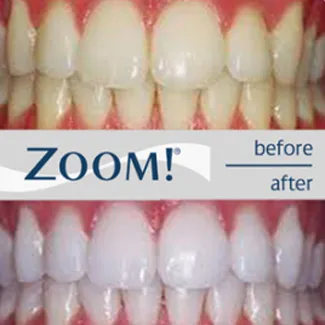Zoom whitening is a popular and effective way to brighten your smile, but it can sometimes lead to teeth sensitivity. Many people experience some level of sensitivity after the procedure. Understanding the causes, duration, and management of this sensitivity is crucial for a comfortable and successful whitening experience. This article explores the top five facts about teeth sensitivity after Zoom whitening, offering insights and actionable advice to navigate this common side effect. Proper knowledge can help you prepare for, manage, and minimize any discomfort. Knowing what to expect can significantly improve your overall experience and ensure you achieve the desired results without undue worry.
Understanding Teeth Sensitivity After Zoom Whitening
Teeth sensitivity after Zoom whitening is a common temporary side effect. It occurs because the whitening process temporarily affects the tooth structure. The intensity and duration of sensitivity vary from person to person, but it is usually manageable and resolves within a few days to a couple of weeks. This section delves into the biological and chemical processes that contribute to this sensitivity, providing a foundation for understanding why it happens and how to address it. The process of Zoom whitening involves the use of a high-concentration hydrogen peroxide gel, which penetrates the enamel to break down stain molecules. This process, while effective, can also irritate the nerves within the teeth, leading to temporary discomfort.
What Causes Sensitivity After Zoom Whitening
The primary culprit behind teeth sensitivity after Zoom whitening is the hydrogen peroxide used in the whitening gel. This chemical penetrates the enamel and dentin, the layers of the tooth, to reach and oxidize the stain molecules. However, this process can also affect the nerves within the teeth, leading to heightened sensitivity to temperature and pressure. Several factors can influence the degree of sensitivity, including the concentration of hydrogen peroxide used, the duration of the treatment, and the individual’s pre-existing dental condition. People with thinner enamel or pre-existing sensitivity may experience more pronounced discomfort. Understanding the underlying causes empowers individuals to make informed decisions and take appropriate preventative measures.
The Science Behind the Sensitivity
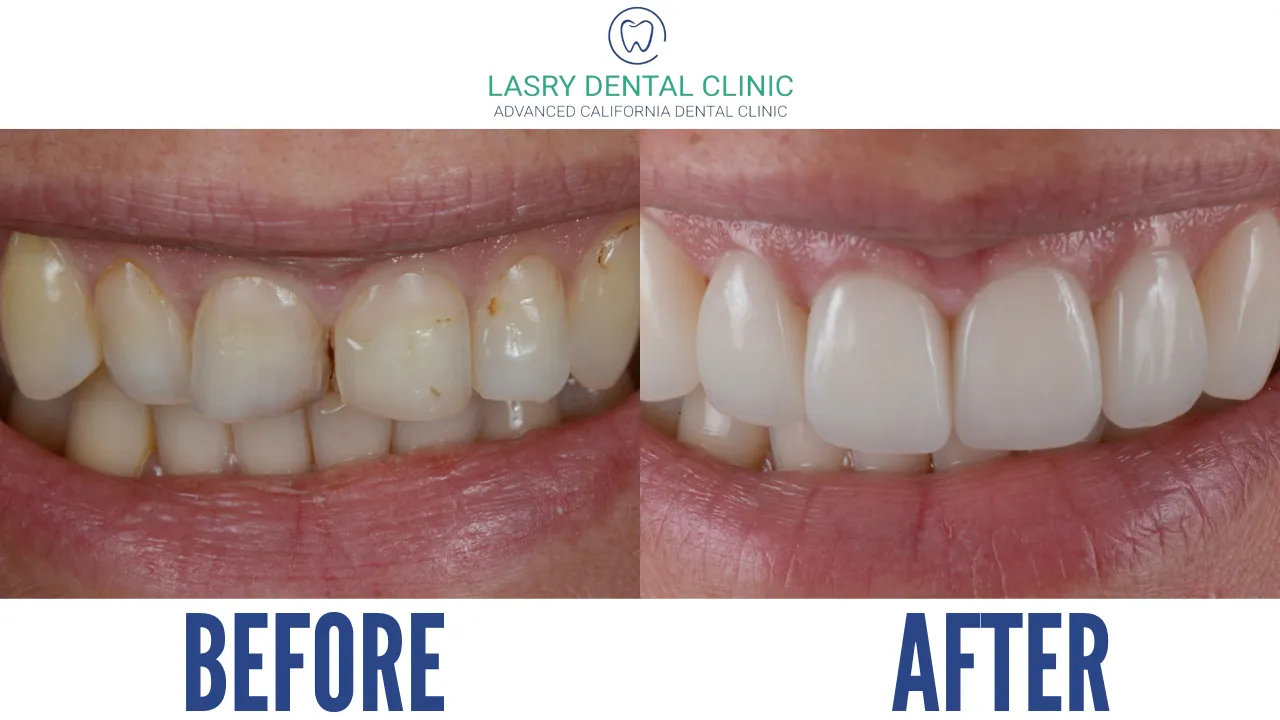
At the core of teeth sensitivity is the interaction between the whitening agent and the tooth structure. Zoom whitening utilizes a high concentration of hydrogen peroxide, a powerful oxidizing agent. When applied to the teeth, hydrogen peroxide breaks down into water and oxygen. It is the oxygen molecules that then react with the stain molecules within the enamel and dentin, breaking them down and making the teeth appear whiter. However, during this process, the peroxide can also pass through the enamel and dentin, reaching the dentinal tubules, which contain microscopic channels that lead to the nerves in the pulp of the tooth. This can stimulate the nerves, causing sensitivity.
Hydrogen Peroxide’s Role
Hydrogen peroxide is the active ingredient in Zoom whitening, responsible for the bleaching effect. The higher the concentration of hydrogen peroxide in the gel, the more effective it is at whitening the teeth. However, a higher concentration also increases the likelihood and intensity of sensitivity. The hydrogen peroxide molecules, during the whitening process, penetrate the enamel and dentin, disrupting the delicate balance within the tooth’s structure. This disruption temporarily weakens the enamel and exposes the dentinal tubules, which are tiny channels leading to the tooth’s nerve. This exposure makes the nerves more susceptible to stimuli like cold, heat, and pressure, leading to sensitivity. Understanding this mechanism is vital to managing and mitigating the discomfort associated with Zoom whitening.
Enamel and Dentin Interaction
The interaction between the hydrogen peroxide and the enamel and dentin is crucial. Enamel is the hard, protective outer layer of the tooth, while dentin is the layer beneath the enamel, containing microscopic tubules that connect to the tooth’s nerve. When hydrogen peroxide penetrates the enamel, it reaches the dentin. If the enamel is thin or if there are existing cracks or fissures, the hydrogen peroxide can more easily reach the dentin and stimulate the nerves within. This process causes the dentinal tubules to become more open, allowing stimuli to pass through and cause sensitivity. The health and thickness of your enamel play a significant role in how sensitive your teeth become after Zoom whitening. This knowledge is key in choosing the right whitening options for you.
Top 5 Facts About Zoom Whitening and Sensitivity
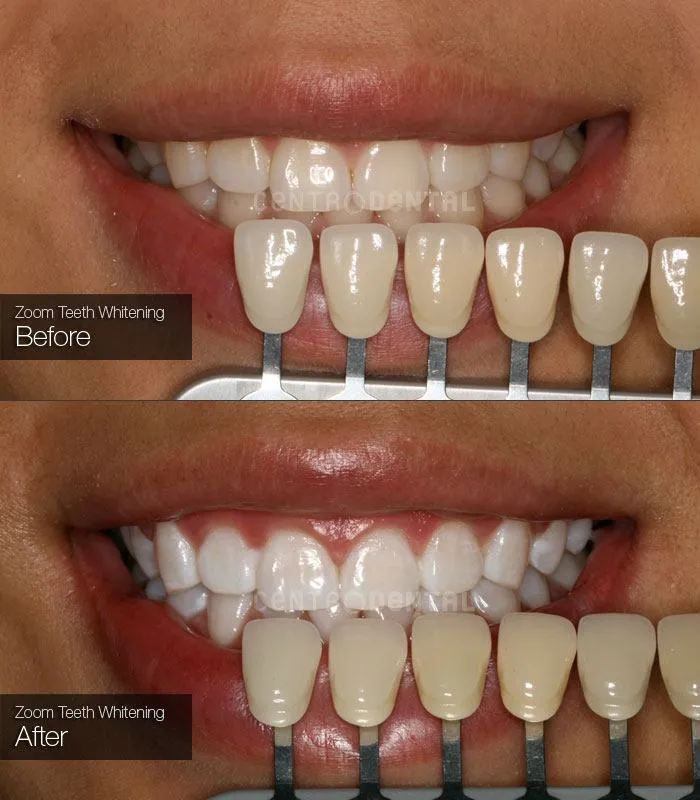
Here are five key facts you should know about teeth sensitivity after Zoom whitening. These facts provide a comprehensive overview of the issue, helping you understand what to expect, how to manage the discomfort, and what to look out for after the procedure. Being well-informed empowers you to make the best decisions for your oral health and ensures a positive whitening experience. From the commonality of sensitivity to the various management options, these facts offer a practical guide to navigating this temporary side effect and enjoying a brighter smile.
Fact 1 Sensitivity is Common
Teeth sensitivity is a very common side effect of Zoom whitening. Many people experience some level of sensitivity after the procedure. The severity of the sensitivity can vary, but it is a normal response to the whitening process. Because Zoom whitening involves the use of a high concentration of hydrogen peroxide, some degree of sensitivity is to be expected. However, this does not mean that everyone will experience severe pain. For most individuals, the sensitivity is mild to moderate and easily managed with over-the-counter products or home remedies. Knowing that sensitivity is common can help you prepare and not be alarmed if you experience it. It’s a sign that the whitening treatment is working to some extent.
Fact 2 Intensity Varies
The intensity of teeth sensitivity after Zoom whitening varies greatly from person to person. Some individuals may experience only mild discomfort, while others may have more pronounced sensitivity. Several factors contribute to this variance, including the natural thickness of your enamel, the presence of any existing dental issues (like cavities or gum recession), and individual pain tolerance. The concentration of hydrogen peroxide used in the whitening gel and the duration of the treatment can also play a role. If your enamel is naturally thinner or if you have pre-existing sensitivity, you may experience more significant discomfort. It is crucial to discuss your dental history and any concerns with your dentist before undergoing Zoom whitening to manage expectations and tailor the treatment plan accordingly.
Fact 3 Temporary Nature
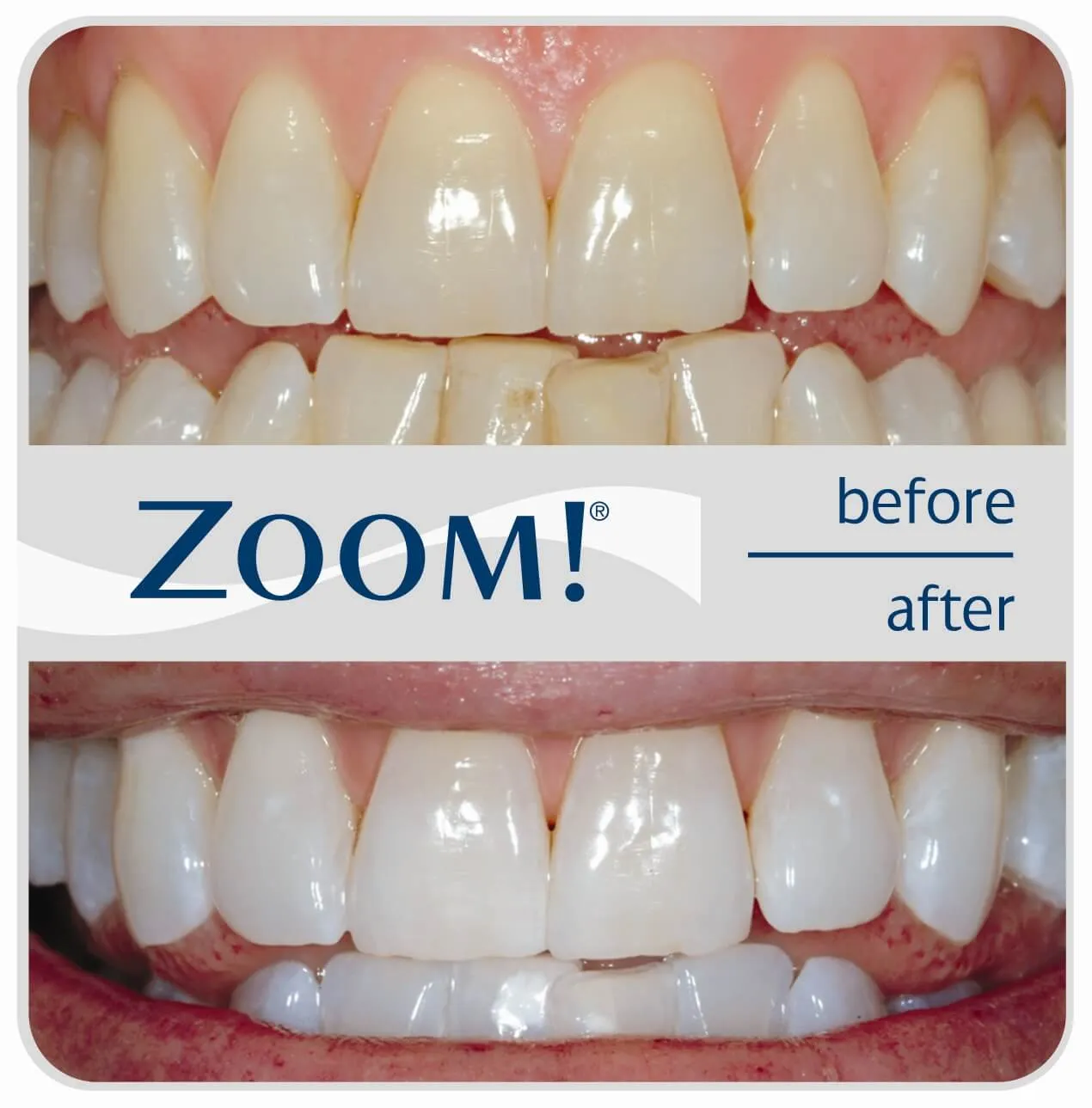
A key fact about teeth sensitivity after Zoom whitening is its temporary nature. While the discomfort can be unpleasant, it typically resolves within a few days to a couple of weeks. The sensitivity decreases as the enamel remineralizes and the dentinal tubules gradually close. Most people find that the sensitivity subsides significantly within a week after the procedure. Following your dentist’s recommendations for post-whitening care, such as using desensitizing toothpaste and avoiding extremely hot or cold foods and beverages, can help expedite the healing process. While the thought of temporary sensitivity might be a deterrent, knowing that it is short-lived can alleviate some of the anxiety and encourage you to consider Zoom whitening as a viable option for achieving a brighter smile. Patience is key, and the results are worth it.
Fact 4 Factors Influencing Sensitivity
Several factors can influence the level of teeth sensitivity experienced after Zoom whitening. The pre-existing health of your teeth and gums is a major consideration. Individuals with thinner enamel, receding gums, or pre-existing sensitivity are more likely to experience greater discomfort. The concentration of hydrogen peroxide used in the whitening gel and the length of the treatment also play a role. Higher concentrations and longer treatment times can increase the likelihood of sensitivity. Your individual pain tolerance and sensitivity levels also contribute. Some people are naturally more sensitive than others. Additionally, the technique used by your dentist, including the application of protective measures like gingival barriers, can impact your experience. Openly discussing your dental history and any concerns with your dentist before the procedure is essential to tailor the treatment to your specific needs.
Fact 5 Management Options
There are numerous ways to manage teeth sensitivity after Zoom whitening. Your dentist can recommend over-the-counter products and provide prescription treatments to help alleviate discomfort. The most common and effective measures include using desensitizing toothpaste, which contains ingredients like potassium nitrate or stannous fluoride that help block the tubules and reduce nerve sensitivity. Additionally, avoiding extremely hot or cold foods and beverages during the initial days after the treatment can help prevent triggering the sensitivity. Further options include fluoride treatments applied by your dentist, which help strengthen the enamel and protect against sensitivity. Following all of your dentist’s post-whitening instructions and using recommended products will go a long way in ensuring a comfortable experience and reduce overall sensitivity.
How to Manage Teeth Sensitivity After Zoom Whitening
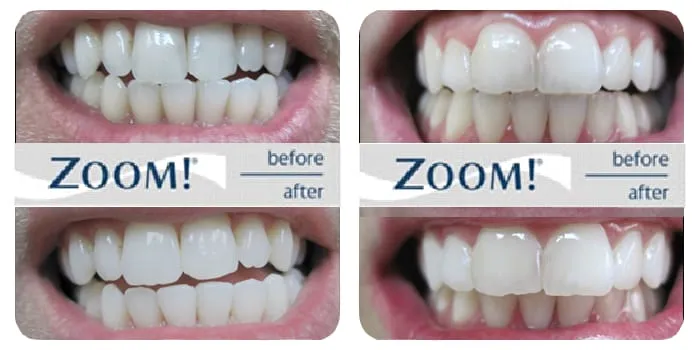
Managing teeth sensitivity after Zoom whitening involves a combination of over-the-counter solutions, prescription treatments, and home remedies. The aim is to provide relief from discomfort and promote the healing of the tooth structure. This section details various methods to help minimize the impact of sensitivity and ensure a more comfortable experience. From simple changes in your oral hygiene routine to the use of specialized products, there are many steps you can take to effectively manage sensitivity and enjoy the benefits of your whiter smile. Always consult with your dentist to determine the best course of action based on your individual needs and the intensity of the sensitivity you are experiencing.
Over-the-Counter Solutions
Several over-the-counter solutions are available to manage teeth sensitivity after Zoom whitening. Desensitizing toothpastes are among the most effective and accessible options. These toothpastes typically contain ingredients like potassium nitrate or stannous fluoride, which help to block the dentinal tubules, reducing the nerve sensitivity. Using a soft-bristled toothbrush and brushing gently can further help minimize irritation. Additionally, avoiding acidic foods and beverages, like citrus fruits and sodas, can reduce the potential for triggering sensitivity. Over-the-counter pain relievers, such as ibuprofen or acetaminophen, can also provide temporary relief from any discomfort. Always follow the manufacturer’s instructions and, if the sensitivity is severe or persistent, consult your dentist for further recommendations.
Prescription Treatments
For more severe teeth sensitivity after Zoom whitening, your dentist may prescribe professional treatments. Fluoride treatments applied in the dental office can help strengthen the enamel and reduce sensitivity. High-concentration fluoride varnishes or gels provide a more potent dose of fluoride than over-the-counter products. Dentists may also recommend prescription-strength desensitizing toothpastes. In some cases, dentists might prescribe special mouthwashes to reduce sensitivity. If the sensitivity is related to underlying dental issues, such as small cracks or receding gums, the dentist may recommend specific treatments to address those issues, which could also help to reduce sensitivity. Following the prescribed treatment and any additional instructions from your dentist is essential to achieving the best possible results.
Home Remedies
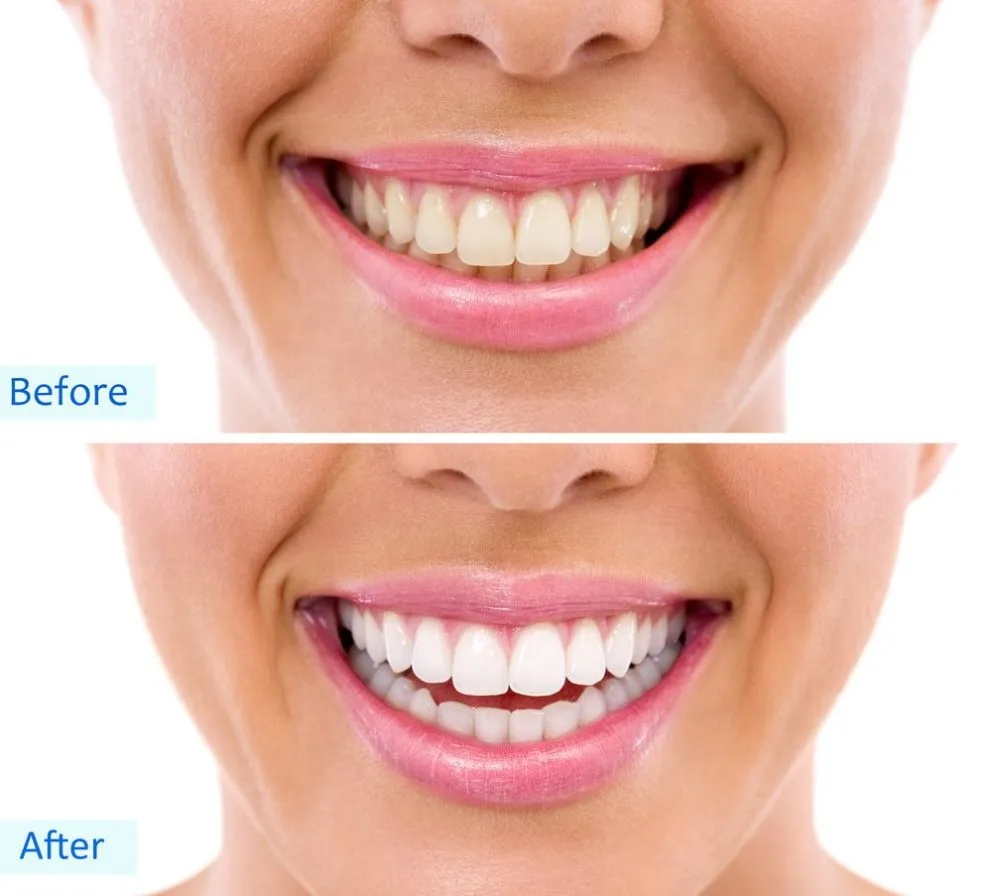
Alongside over-the-counter and prescription treatments, several home remedies can help manage teeth sensitivity after Zoom whitening. One of the simplest and most effective strategies is to avoid extremely hot or cold foods and beverages, which can trigger sensitivity. Maintaining a gentle oral hygiene routine is also critical; using a soft-bristled toothbrush and brushing gently can prevent further irritation to your teeth and gums. Rinsing with lukewarm water after eating or drinking can also help. In some instances, applying a small amount of desensitizing toothpaste to the sensitive areas of your teeth before bed and leaving it overnight can help. Maintaining good oral hygiene and following these home remedies can significantly reduce discomfort and help your teeth heal.
Preventive Measures
Taking preventive measures can greatly reduce the likelihood and intensity of teeth sensitivity after Zoom whitening. This proactive approach involves steps taken both before and after the procedure to protect your teeth and gums. This includes the consultation process with your dentist to assess your oral health and personalize the treatment plan, as well as the post-whitening care practices that support healing. By adopting these preventive measures, you can minimize sensitivity and ensure a more comfortable and successful teeth whitening experience. This preventative approach is crucial to ensure your teeth stay healthy after the treatment.
Pre-Whitening Consultations
A thorough pre-whitening consultation with your dentist is a crucial preventive measure. During the consultation, your dentist will assess your oral health, checking for any pre-existing conditions like cavities, gum disease, or thin enamel, which could increase the risk of sensitivity. They might recommend a professional cleaning before the Zoom whitening procedure to remove any plaque or tartar that could irritate your teeth. Your dentist can discuss your medical history, answer your questions, and explain what to expect during and after the whitening treatment. This consultation also allows your dentist to provide personalized recommendations and prepare your teeth for the procedure, potentially minimizing sensitivity and maximizing the effectiveness of the whitening. It is an essential step in ensuring a safe and comfortable whitening experience.
Post-Whitening Care
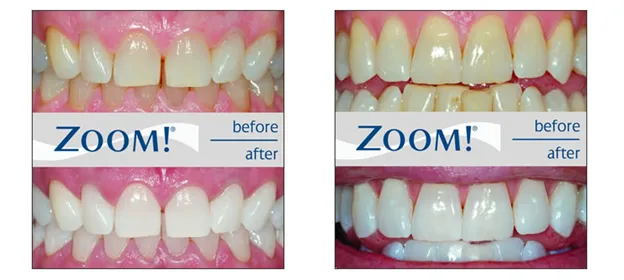
Post-whitening care plays a vital role in minimizing teeth sensitivity after Zoom whitening. Following your dentist’s instructions is crucial. This typically includes using a desensitizing toothpaste and avoiding highly acidic or staining foods and beverages for a few days. Your dentist may also recommend using a fluoride rinse to strengthen your enamel. Regular dental check-ups and cleanings are also essential to maintain your oral health. Additionally, practicing good oral hygiene, including gentle brushing with a soft-bristled toothbrush, can help prevent further irritation. By following the recommended post-whitening care, you can promote the healing of your teeth and reduce the duration and intensity of any sensitivity. These care steps will lead to the best long-term result.
Dietary Adjustments
Dietary adjustments are crucial for managing teeth sensitivity after Zoom whitening. For the initial days after the procedure, it’s essential to avoid foods and beverages that are extremely hot or cold, as these can trigger sensitivity. Furthermore, limit the consumption of acidic foods and drinks, such as citrus fruits, sodas, and fruit juices, as they can irritate the teeth and weaken the enamel. It is best to avoid foods and drinks that can stain your teeth during this time as well. Instead, opt for a diet rich in calcium-rich foods, such as dairy products, which can help remineralize your enamel and strengthen your teeth. Staying hydrated by drinking plenty of water is also beneficial, as it helps rinse away any food particles and keeps your mouth clean.
When to Seek Professional Help
While teeth sensitivity after Zoom whitening is typically temporary and manageable, it is important to know when to seek professional help. If the sensitivity is severe, persistent, or accompanied by other symptoms, consulting your dentist is essential. This section discusses the warning signs that warrant a visit to your dentist. This includes excessive pain or discomfort that interferes with your daily life, pain that worsens over time, or any signs of infection, such as swelling or redness. Prompt action is always better to prevent further complications and ensure that your oral health is maintained.
Signs of Excessive Sensitivity
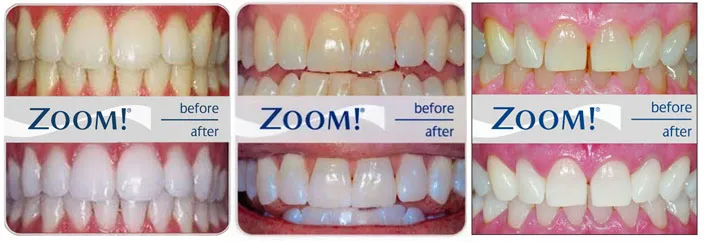
Recognizing the signs of excessive sensitivity is critical for ensuring prompt and appropriate treatment. If you experience severe pain that does not subside after a few days, or if the sensitivity interferes with your ability to eat or drink comfortably, you should consult your dentist. Other warning signs include pain that radiates to other areas of your face or head, sensitivity to air, or pain that is triggered by pressure or chewing. If you notice any changes in your gums, such as redness, swelling, or bleeding, you should also schedule an appointment with your dentist. Always seek professional advice and a proper evaluation. Ignoring these signs can lead to further complications and impact your long-term oral health.
Potential Complications
While rare, potential complications can arise from teeth sensitivity after Zoom whitening, highlighting the importance of seeking professional help when necessary. These complications can include severe pain or discomfort that does not resolve, increased risk of tooth decay, and gum irritation. In some cases, if there are underlying dental issues that are not addressed, whitening treatments could exacerbate the issues. It is also possible for those with pre-existing dental issues to experience increased sensitivity. Promptly consulting your dentist is essential if you experience severe pain, signs of infection, or any other concerning symptoms. Early intervention can help prevent further complications and ensure your oral health.
In conclusion, while teeth sensitivity after Zoom whitening is common, understanding the causes, knowing the facts, and implementing effective management strategies can help you achieve a brighter smile with minimal discomfort. By following your dentist’s advice and taking preventive measures, you can navigate this temporary side effect comfortably and enjoy the benefits of your whitening treatment. Remember to prioritize your oral health and seek professional help if you experience any unusual symptoms or concerns. With the right approach, you can confidently achieve a radiant smile with Zoom whitening.
